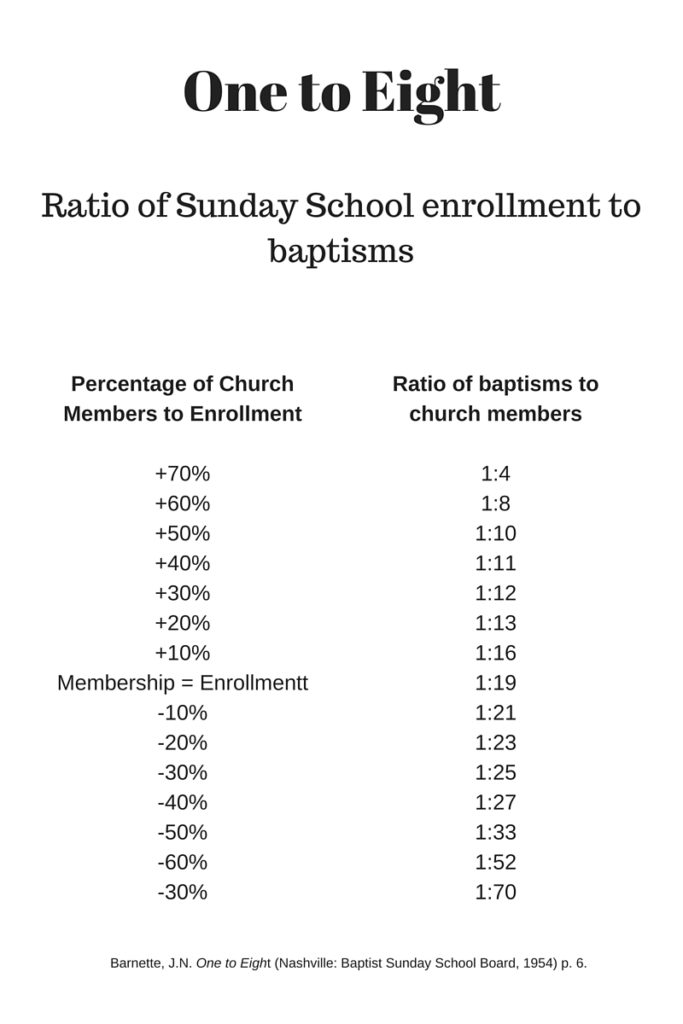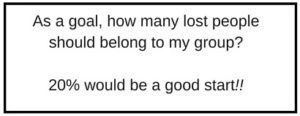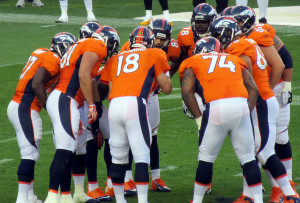Most Sunday School teachers want their group members to invite lost friends and neighbors to Sunday School. One of the best laboratories for Christianity is a Sunday School group, so it is natural that we would want lost people to join and participate in our group.
So how can a leader tell how effective their group is in inviting lost or unchurched friends to the group?
The simplest answer to how many lost people should be in your group is… as many as possible!
But practically speaking, about 12% would be a good target. So for a group with 25 group members, about 3-4 lost people would be the minimum in order for your group to consider itself an evangelistically engaged group.
Some ideas on encouraging group members to invite their friends to join your group:
- Have 2-4 fellowships a year that are intentionally designed for lost people. That means, have a fellowship (social, party, etc) that a lost person would like to attend. Have a shrimp fry. Plan a barbecue rib party. The guys can have a night at the ballpark and invite their lost friends.
- Encourage people in your group to actually make the invite and ask a friend to come to the group Bible study. The best way to do this is to identify a specific date to invite friends (the date provides accountability); have brunch/finger foods/; enlist a group member or two to share their testimony; then study God’s Word; share a simple Gospel presentation; and pray together.
- Bring a friend yourself. As the teacher, nothing communicates as well as your own actions.
- When a guest visits your group, actually ask them to join. Fill out the guest card with them. Be sure to thank them for joining your group!!
- Follow-up. Visit guests in their home. Ask for permission to add them to the group. Send them an invite to join the group’s Facebook page. In other words, treat the guest like a group member – and they will become one!
______________
Bob Mayfield is the Sunday School/Small Group specialist for the Baptist General Convention of Oklahoma. Bob also has his own blog, as well as coordinating the BGCO’s online training site for Sunday School leaders, reconnectss.com.



